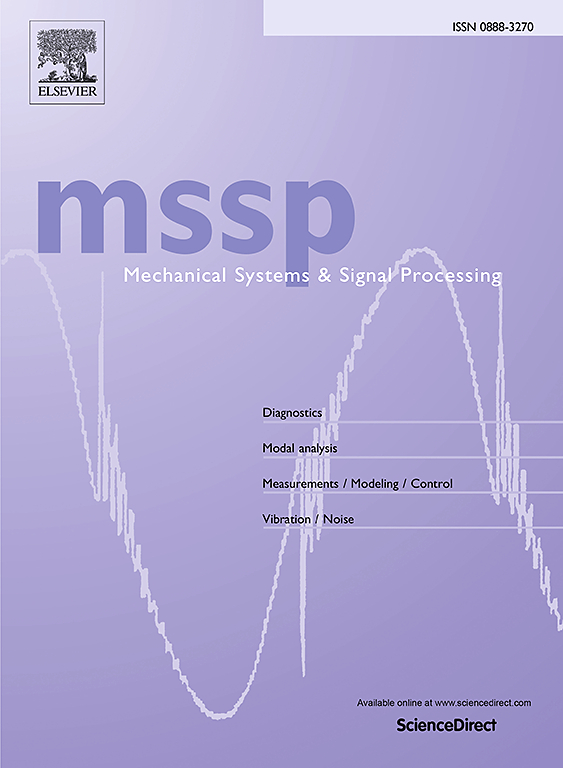Optimized design of auxetic substrates for enhanced electric power output in piezoelectric composites
IF 7.9
1区 工程技术
Q1 ENGINEERING, MECHANICAL
引用次数: 0
Abstract
Auxetics, characterized by their unique deformation behavior, possess the potential to improve the electric power output of piezoelectric composites utilized in energy harvesting applications. This study investigates the effects of different two-dimensional auxetic substrates on piezoelectric composites and assesses the suitable environments for each type of auxetic piezoelectric composite. Additionally, this research proposes a three-dimensional auxetic substrate with the characteristics of compression-torsion coupling structures. This innovative three-dimensional auxetic substrate not only retains the advantages of two-dimensional auxetic substrates, but also enables the piezoelectric composites to engage both the 31, 32 and 33 modes of piezoelectric materials in the d33 operating mode for electric power generation. The performance of three-dimensional auxetic piezoelectric composites is evaluated using finite element (FE) modelling, with the findings validated through experiments. Experimental results demonstrate that the output voltage and power generated by three-dimensional auxetic piezoelectric composites can reach 4.99 times and 24.92 times, respectively, that of ordinary piezoelectric composites in the d33 operating mode. This study further corroborates the advantages of employing auxetic substrates in piezoelectric composites and provides significant insights for future research endeavors.

求助全文
约1分钟内获得全文
求助全文
来源期刊

Mechanical Systems and Signal Processing
工程技术-工程:机械
CiteScore
14.80
自引率
13.10%
发文量
1183
审稿时长
5.4 months
期刊介绍:
Journal Name: Mechanical Systems and Signal Processing (MSSP)
Interdisciplinary Focus:
Mechanical, Aerospace, and Civil Engineering
Purpose:Reporting scientific advancements of the highest quality
Arising from new techniques in sensing, instrumentation, signal processing, modelling, and control of dynamic systems
 求助内容:
求助内容: 应助结果提醒方式:
应助结果提醒方式:


